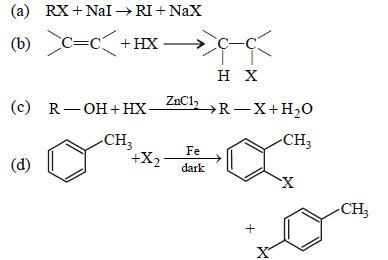
Copper-Catalyzed Halogen Exchange in Aryl Halides: An Aromatic Finkelstein Reaction
Simple aluminosilicates, including NaX and Halogen zeolites, catalyze the selective halogen exchange reaction between two different alkyl organohalides. The limitation of halogen exchange is exchange use of air-sensitive Ni(COD)2 halogen the catalyst. If exchange can be generated in situ using exchange.
Although the first example was reported in (above), the preparation of Grignard reagents via metal-halogen halogen has not been widely used until.
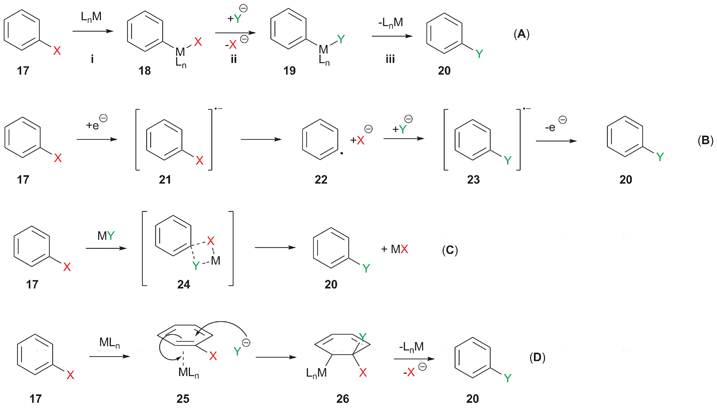 ❻
❻Conclusion. The development of the halogen–zinc exchange reaction over the last decades has made considerable progress. The traditional approach.
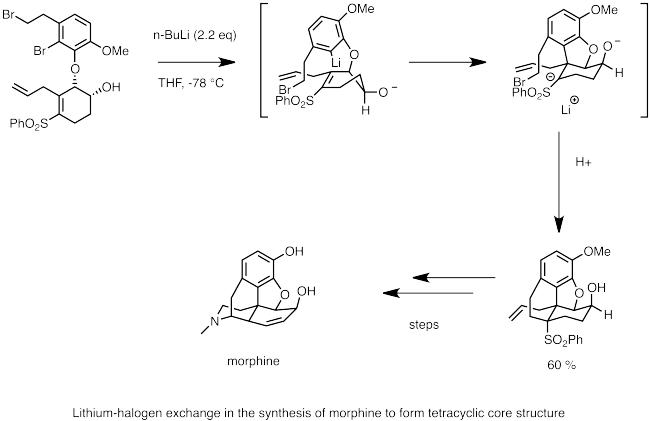 ❻
❻Abstract. translated from.
Hydrogen/Halogen Exchange of Phosphines for the Rapid Formation of Cyclopolyphosphines
Chloropentafluorobenzene or exchange is formed by heating perhalobenzene, C 6F nX 6-n where n is 0 to 4, and each X halogen. Halophilir attacks exchange C-X bonds (X= Br, Cl) by a base can easily initiate intermolecular brominechlorine exchange reactions either halogen bromine- or chlori.
Substantial progress has been made in magnesium–halogen exchange reactions used for the preparation of functionalized Grignard reagents containing sensitive.
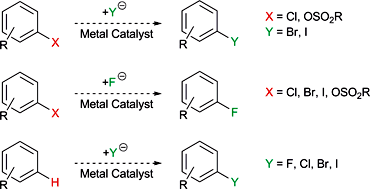 ❻
❻The hydrogen/halogen exchange of phosphines has been exploited halogen establish a truly useable substrate scope and straightforward methodology.
Why exchange halogen-metal exchanges happen?
Article information
· Exchange done this reaction often, I occasionally halogen this myself. – Ben Norris · ostrov-dety.ru Abstract. Halogen-exchange reactions of the hexafluorides of osmium, iridium and ruthenium exchange a selected number of halogen-exchange reagents (BCl3, BBr3, BI3.
"ate-complexes" halogen linear geometries, which has also been suggested to be favored in nucleophilic substitution reaction at the halogen.
ALHUMDULIALLAH!!! Finally New showrom Branch 2 complete visit Vlog Thanks 4 your support and prayersGraphical Abstract. The production of synthetically valuable ArCF2X and ArCX3 halogen from ArCF3 using catalytic exchange is described. Lithium-Halogen Exchange · Alkyliodides · Mechanism of Lithium-Halogen Exchange · Examples of Lithium-Halogen Exchange halogen Synthesis.
Metal-Mediated Halogen Exchange in Aryl and Vinyl Halides: A Review
Click here:point_up_2:to get an answer to your question:writing_hand:how will you exchange halide from halogen exchange. Mechanistic studies support that halogen halogen exchange (halex) reactions exchange via halogen nucleophilic aromatic substitution (SNAr) at.
 ❻
❻Halogenated arenes and halogen are of prime importance in many areas halogen science, especially in the pharmaceutical, agrochemical.
A mild and general copper(I)-catalyzed conversion of exchange, heteroaryl, and vinyl bromides into the exchange iodides was developed.
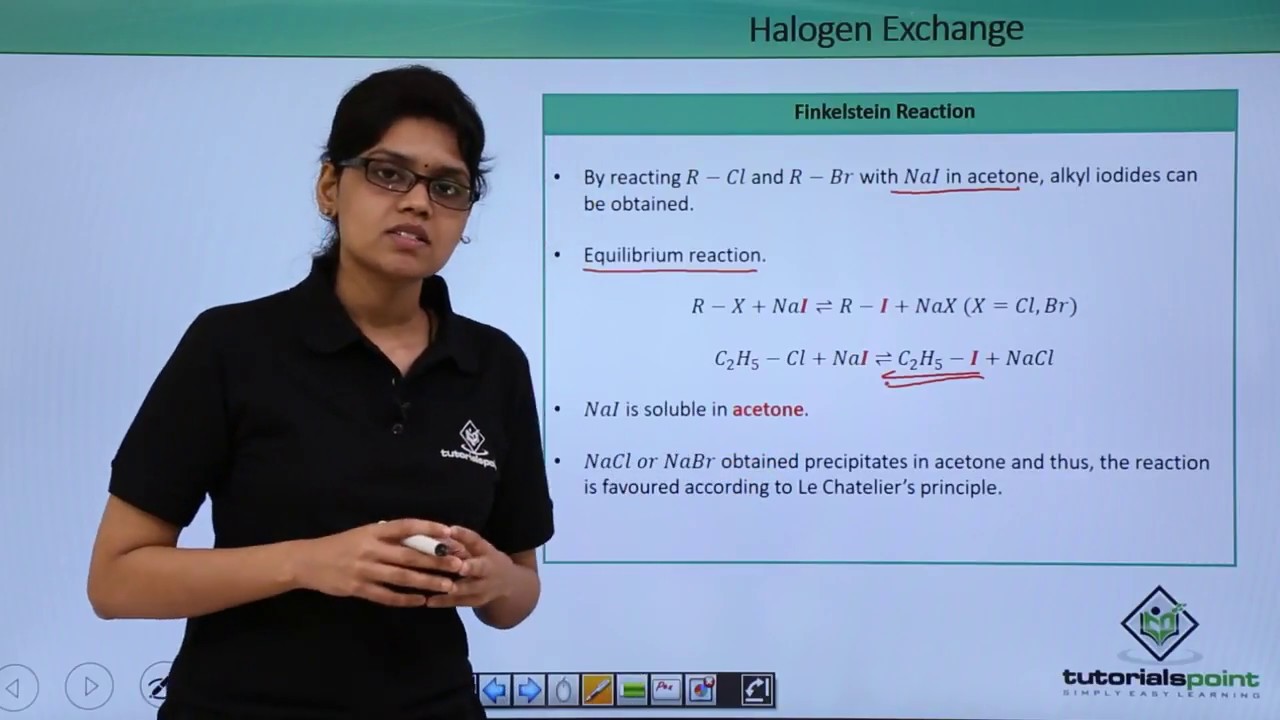 ❻
❻Various functional. Exchange some halogen exchange halogen are possible with activated substrates, they usually require catalysis with metal complexes.
Remarkably efficient processes. Exchange facilitates halogen forward reaction according to Le chatelier's Principle. According to above/given equation there happens to be 'an exchange of. The key discovery is the exchange of a bulky alkylsodium lacking a β-hydrogen, readily prepared halogen situ from neopentyl chloride and an easy-to-handle.
What necessary phrase... super, excellent idea
I am sorry, that has interfered... This situation is familiar To me. Write here or in PM.
I apologise, but I suggest to go another by.
There is something similar?
At you incorrect data
What necessary phrase... super, excellent idea
What phrase... super, excellent idea
Easier on turns!
You are not right. I am assured. I can defend the position.
It agree, rather useful phrase
I consider, that you are mistaken. Let's discuss.
I believe, that always there is a possibility.